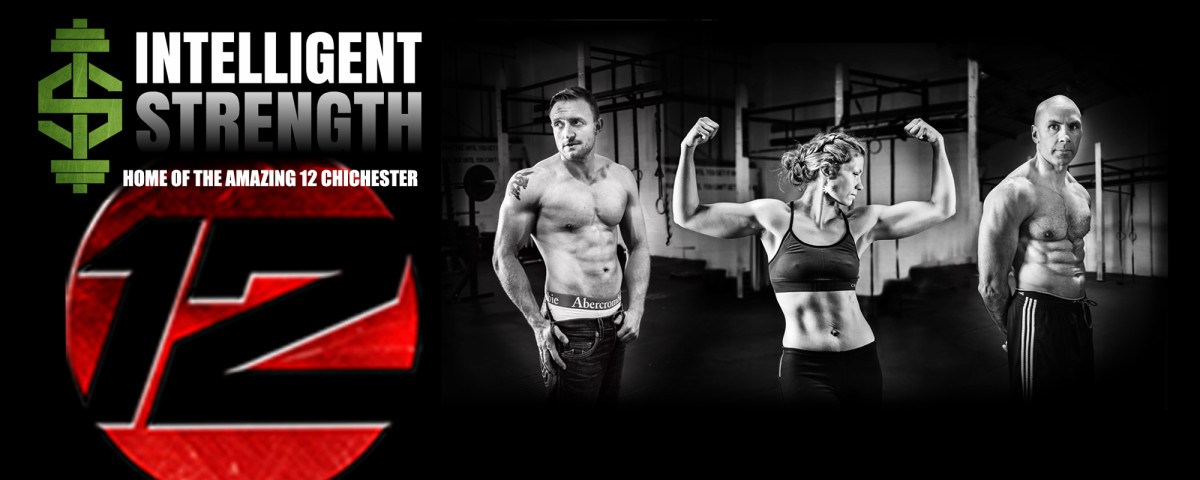A CONVERSATION I had recently with Sue Saunders, who is about to begin the Amazing 12 Transformation program with me next week, got me thinking.
We were discussing coaching. And Sue’s not what I would call inexperienced, seeing as she’s been going to the gym since she was 19 and is now 43 and has been a member of around 10 gyms.
But Sue still admits: “I’ve got a basic grasp of what to do, but I still feel like I need someone there. I don’t trust my form enough.”
Not everyone is as honest as Sue or even bothered about form. And I must admit that when it came to getting coaching, I used to be a sceptic (I’m talking 20 years ago).
I learned to play tennis and most sports just by watching television, getting the necessary equipment and going out and copying. But it’s hard to do yourself much harm making mistakes on a tennis court. In the gym, moving heavy objects, it is a different story.
My thinking used to be ‘why pay for help when you can learn to do it by yourself?’ But then I became a coach and, one by one, I received pupils who had done exactly that – trained on their own or learned from others in the gym. What did I notice? Lots of injuries and some horrible technique.
I can’t recall the amount of times it was said to me, “So I’ve been doing it wrong all this time?”
Yep. I’m afraid so.
And the amount of times I’ve stressed the importance of being mindful of technique when putting down a weight or picking it up only for it to be forgotten instantly!
That’s not the only reason a coach is needed. People switch off when they shouldn’t, forget to breathe when they should, breathe when they shouldn’t, don’t know where to look or put their hands, can’t feel what position their body is in, don’t know which muscles to engage…

Yet, despite the potential for injury, which can be costly if it leads to treatment from a professional or (worse case scenario) surgery, the inclination is still to ‘wing it’ or learn from a video or read a book.
That’s okay for some who have a good eye or are experienced or visual learners or if the movements are straightforward, but not so for a lot of others or raw beginners. And, if you ask me – and I may seem biased, I admit – it’s often not worth the risk.
But even taking injury out of the equation, good coaching should accelerate learning and, consequently, improve standards. I took lessons in boxing, tennis, swimming, fencing and karate to name a few sports. I can honestly say I learned something from EVERY session. But not until I took up CrossFit did I get any tuition in Olympic lifting or gymnastics.
A lot of these lifts are complex and take a lot of time and practice to develop. So while watching videos on Youtube of individuals doing amazing things can be inspiring, it also creates an urge to leapfrog the natural order of progression to attain a particular goal. And this is where a good coach would be useful or even crucial for safely monitoring or overseeing any advancements.
On the Amazing 12, often because I work with small groups or individuals, I try to watch everything. I reiterate that the goal is to do the best you can with good form. Always.
I’ve worked with Sue previously and, thankfully, she trusts the way I operate. “I found normal gyms to be rubbish for getting results,” she said. “You need to be working with people who know what they are talking about. It is important for me to have a personal trainer and guidance, especially if you want to get anywhere.”

For Ross Smith (above), who’s also on the Amazing 12 next month and experienced in so far as he’s been in the armed forces and training since he was 16 (he’s now 47), personal training has also become a priority.
He’d never had personal training before we worked together when I was teaching CrossFit.
“That was a shock,” he admitted. “It was more intense and I liked that. I wanted to go to another level. Knowledge and credibility in a coach is important and so, too, is trust.”
A coach’s job, though, goes beyond offering just technical guidance. You need to assess the individual, physically and mentally. Once it’s clear they are safe to train (by that I mean they can perform the basic movement patterns devoid of pain), some may need encouragement, while others need to be watched closely or slowed down even. On the Amazing 12 the job extends to dietary advice, program application and assessment almost on a daily basis.
The bottom line: want great results? Get a coach you can work with and believe in, know your goal, follow a program and stick it out.













